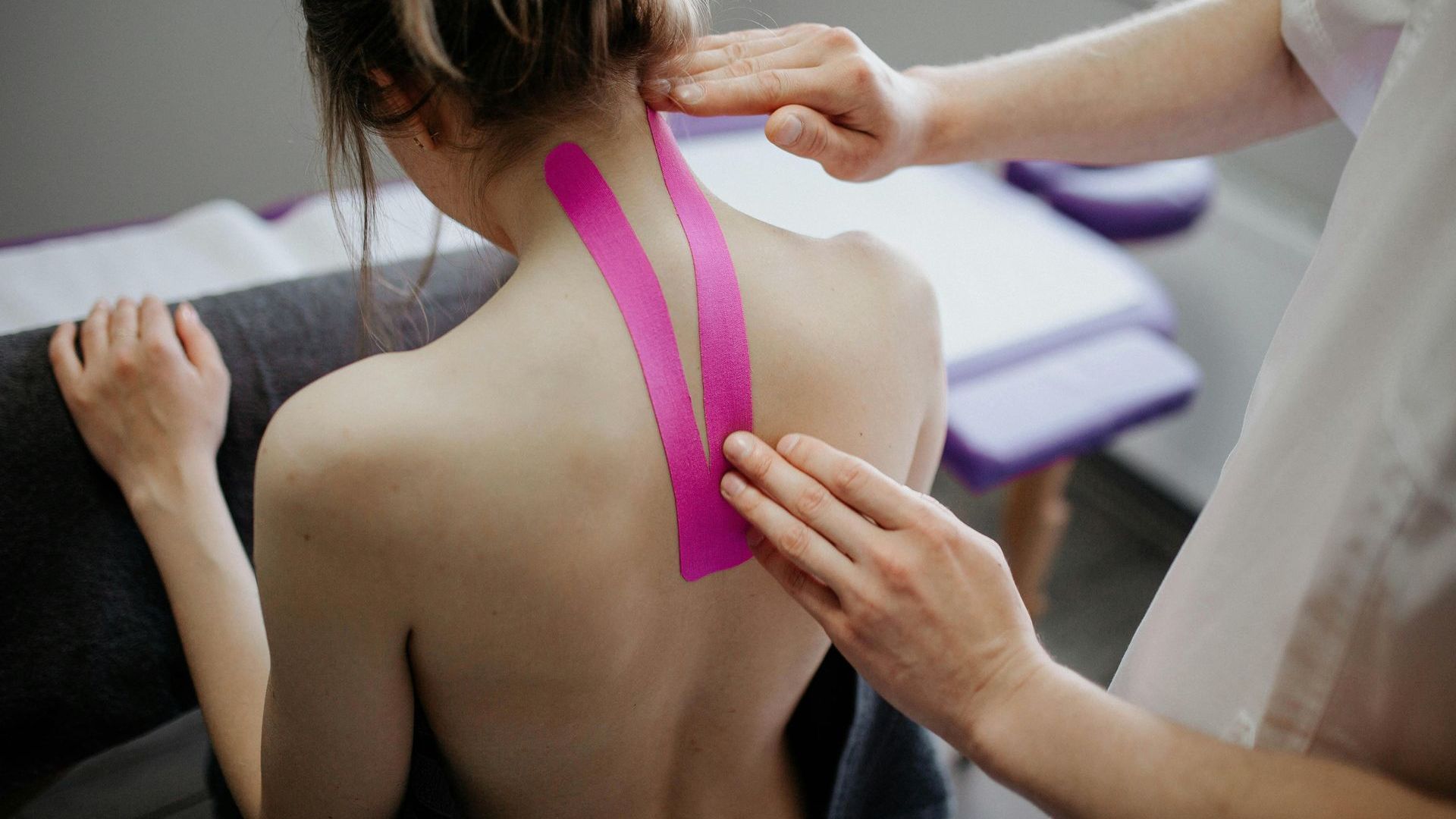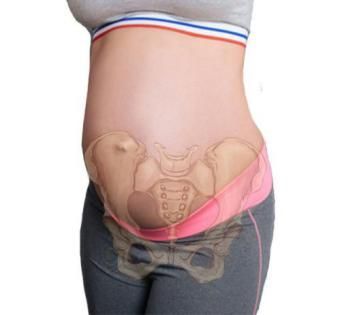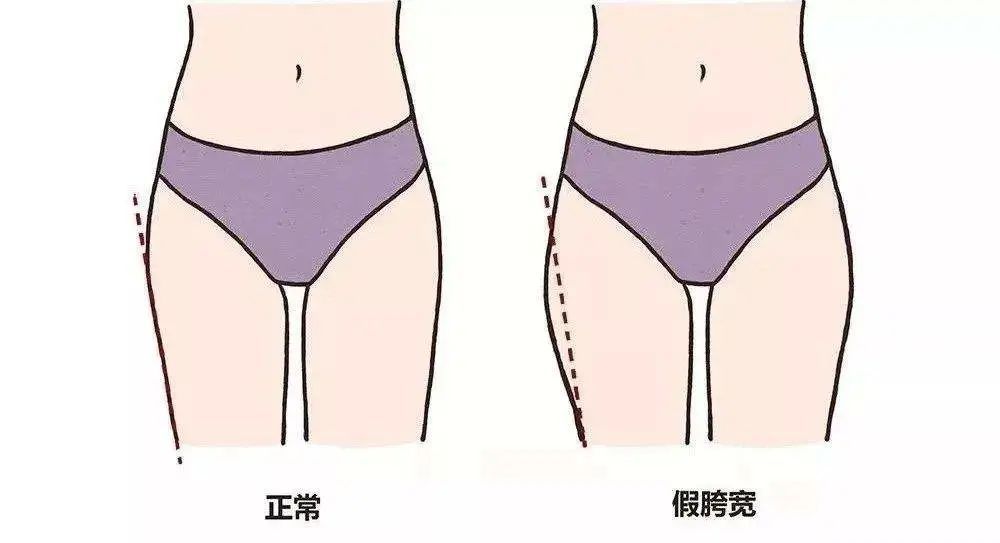「Bone Remodeling」Body Management
Chiropractic treatment
【Chinese Medicine × Japan|Body Reshaping Treatment】
The combination of Chinese and Western medicine to correct spinal misalignment is mainly based on bone-setting massage and traction bone-setting, which is safe and effective. It can solve common problems such as neck, shoulder, waist and leg pain, scoliosis, dizziness, numbness in the hands, and chest tightness.
Menu
Postpartum recovery treatment
Some mothers may say, I had a cesarean section, no bone sutures were opened, and I don’t need pelvic repair. Don’t think that cesarean section can avoid pelvic floor muscle relaxation. In fact, cesarean section will also face the problem of weakened pelvic floor muscle function! ! ! Because the pelvic floor muscles are overloaded for a long time due to pregnancy, and the hormone level causes the pelvic floor muscles to be weak, so even mothers who have had cesarean section should not underestimate pelvic repair.
Postpartum physical therapy [correction of pubic symphysis separation] During pregnancy, due to relaxin and lack of exercise, the imbalance of muscle strength on both sides of the body causes pubic symphysis separation or dislocation. When the pubic bones on both sides are too far apart, exceeding 1cm, this condition is called pubic symphysis separation.
Menu
The first and only breast enhancement product in Hong Kong
Breast shape can become deformed, lose elasticity, etc. due to age, lifestyle habits, posture, and childbirth, which can affect appearance.
Breast Bone Beauty uses pure natural, physical, and fully manual acupuncture to correct the breast and waist shapes from the shoulder/neck/back/chest muscles (pectoralis major/pectoralis minor/sternocleidomastoid/serratus anterior/oblique abdominal muscles, etc.) and bone layers.
Through acupoint massage, the breasts are deeply stimulated, the secretion of female hormones is promoted, the lymphatic system is unblocked, the fat in the armpits and breasts is concentrated, the breasts are lifted, the accessory breasts are improved, the breasts are plumped and firmed, the elasticity is enhanced, the body posture problems such as hunchback are improved, and a beautiful chest line is reshaped.
• Improve hunchback, sternal dislocation and rib valgus
•Improve problems such as chest tightness, back pain, anxiety, qi deficiency, stomach pain, stomach protrusion, poor gastrointestinal function, and potbelly.







